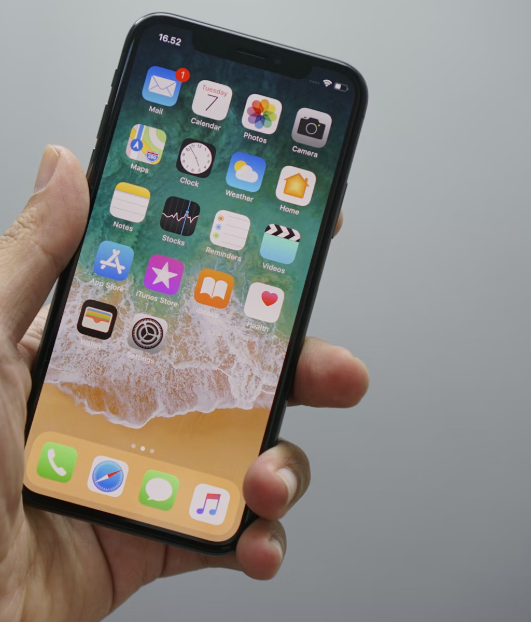Two-factor authentication (2FA) provides an extra layer of security by requiring an additional verification step alongside your password. This helps protect your accounts from unauthorized access, even if your password is compromised. Setting up 2FA on your smartphone is simple and can greatly enhance your digital security. Here’s a comprehensive guide to enabling 2FA on your device.
Table of Contents
1. Understanding Two-Factor Authentication and Its Importance
What is 2FA?
2FA is a security process that requires two verification steps to access an account:
- Something you know – your password.
- Something you have – a one-time code, biometric verification, or a physical device.
By combining these two factors, 2FA significantly reduces the risk of unauthorized access to your accounts.
Why You Should Enable 2FA
With cyberattacks on the rise, passwords alone may not be sufficient to protect sensitive information. Hackers can use phishing, brute force, or leaked credentials to bypass password security. Enabling 2FA ensures an additional layer of defense, making it exponentially harder for attackers to gain access.
2. Steps to Set Up Two-Factor Authentication
Step 1: Check Account Settings
Most major platforms, such as Google, Apple, and social media sites like Facebook, offer 2FA. To enable it:
- Go to the security settings of the account you want to secure.
- Look for an option labeled Two-Factor Authentication or Two-Step Verification and select it.
Step 2: Choose Your Verification Method
Platforms typically offer several verification options:
- SMS Codes: A one-time code sent to your mobile number.
- Authentication Apps: Apps like Google Authenticator, Authy, or Microsoft Authenticator generate time-sensitive codes.
- Biometrics or Hardware Keys: Use fingerprints, facial recognition, or physical security keys for added security.
For the best protection, opt for an authentication app or hardware key, as SMS-based verification can be vulnerable to SIM swapping attacks.
Step 3: Set Up and Link Your Device
- If using an authentication app, it from your app store and follow the platform’s instructions to scan a QR code or enter a setup key.
- For SMS verification, add your phone number and confirm by entering the code you receive via text.
- For hardware keys, follow the pairing instructions provided by your key manufacturer.
Step 4: Test and Save Backup Codes
Once 2FA is enabled, test the setup to ensure everything works smoothly. Many services provide backup codes—store these securely in case you lose access to your verification method.
Step 5: Enable 2FA on Other Accounts
Repeat the process for all critical accounts, including email, banking, and social media. Each account may have slightly different steps, but the process generally involves accessing security settings and following prompts to set up 2FA.
Additional Tips for Maximizing 2FA Security
- Use a Password Manager: A strong, unique password combined with 2FA provides the ultimate defense against unauthorized access. Password managers can generate and store secure passwords for you.
- Regularly Update Your Methods: Ensure your phone number and authentication apps are current. If you switch devices, transfer your 2FA settings to avoid losing access.
- Beware of Phishing Scams: Even with 2FA, be cautious about links and requests for verification codes. Always verify the source of such requests.
- Consider Multiple Verification Options: If possible, set up more than one 2FA method for an account. This provides flexibility in case you lose access to one method.
Conclusion
Enabling two-factor authentication on your smartphone is a straightforward process that significantly boosts your online security. By adding this extra step, you can protect your sensitive information from cyber threats and enjoy peace of mind. Make 2FA a priority for all your important accounts and stay vigilant in the ever-evolving digital landscape.
